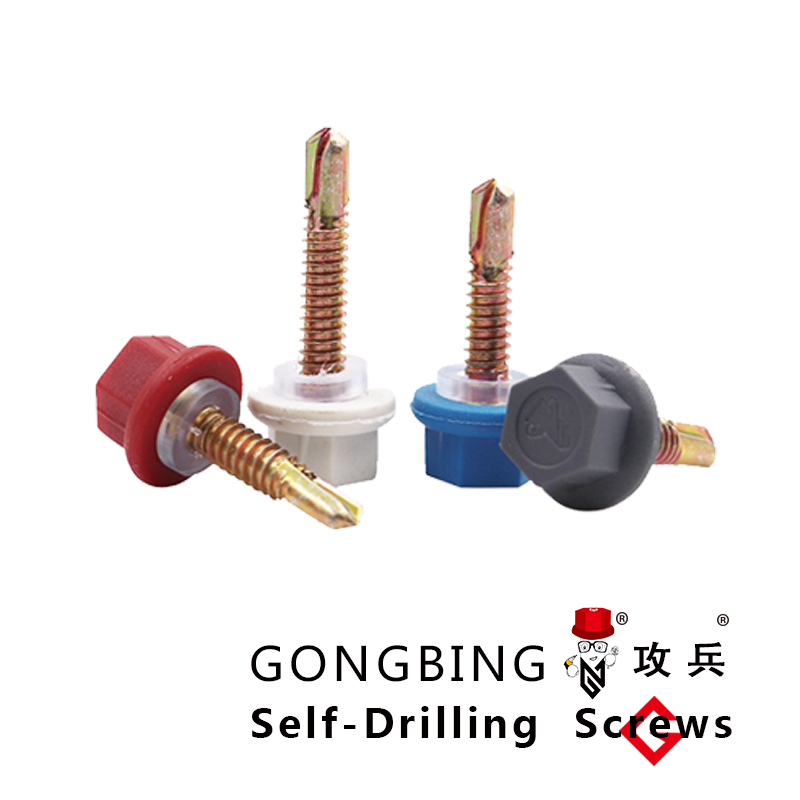hex head self tapping screws
Understanding Hex Head Self-Tapping Screws A Comprehensive Guide
In the world of fasteners, hex head self-tapping screws stand out for their versatility and efficiency. These screws are designed with a hexagonal (hex) head, enabling the use of a wrench or socket for easy installation. As their name implies, self-tapping screws can create their own hole in materials like metal or plastic, making them an essential tool for a variety of applications.
Design and Features
Hex head self-tapping screws are characterized by their unique head design and thread structure. The hexagonal head allows for greater torque to be applied during installation, which is particularly beneficial in applications requiring a secure fit. This type of head also offers a larger surface area for the tool, reducing the chances of slipping and providing better control.
The self-tapping capability of these screws is achieved through their sharp, tapered tips and threaded shafts. The threads are designed to cut into the material, creating a snug and tight fit without the need for pre-drilled holes. This feature is advantageous for construction and manufacturing environments where efficiency is paramount, as it can significantly reduce labor time and costs.
Material and Coating Options
Hex head self-tapping screws are available in a variety of materials, including steel, stainless steel, and brass. Each material type has its own set of attributes suited for different environments. Stainless steel, for example, offers excellent corrosion resistance, making it ideal for outdoor applications or environments subjected to moisture. On the other hand, coated options, such as zinc or black oxide, provide enhanced corrosion resistance and aesthetics.
Applications
hex head self tapping screws

These screws are widely used in various industries, including automotive, construction, and electronics. In the automotive sector, they are commonly utilized in assembling car parts, where durability and strength are vital. In construction, they are often used for securing metal framing and sheet materials, offering quick and reliable fastening solutions. Additionally, in the electronics industry, hex head self-tapping screws help secure housings and components, facilitating easier disassembly for repair or maintenance.
Installation Tips
When installing hex head self-tapping screws, several best practices can ensure optimal results
1. Choose the Right Size and Type Always select the appropriate size and type of screw for your specific application to ensure the best performance and secure fit. 2. Use the Correct Tool A wrench or socket designed for hex heads will provide the best grip and torque, reducing the risk of stripping the head during installation.
3. Monitor Torque Levels Applying the right amount of torque is crucial. Too much torque can damage the material or break the screw, while too little can result in a loose fit.
4. Test the Material Before installation, ensure the material can withstand the screw’s self-tapping action. Softer materials may require less aggressive screws to prevent tearing or deformation.
Conclusion
Hex head self-tapping screws offer a combination of strength, ease of use, and efficiency, making them indispensable in various industries. Their unique design allows for quick installation and secure fastening, while their range of materials and coatings broadens their versatility. Whether for a DIY project or a professional application, understanding the characteristics and proper use of hex head self-tapping screws can lead to more successful and efficient results.
-
Weatherproof Plastic Expansion Anchors for OutdoorNewsJun.06,2025
-
Sustainability in the Supply Chain: Eco-Friendly TEK Screws ProductionNewsJun.06,2025
-
Load-Bearing Capacity of External Insulation FixingsNewsJun.06,2025
-
Double Head Bolts: Enhancing Efficiency in Industrial MachineryNewsJun.06,2025
-
Corrosion Resistance in Chipboard Screws: Coatings for Wholesale DurabilityNewsJun.06,2025
-
Butterfly Toggle Bolts : Enhancing Structural ResilienceNewsJun.06,2025
